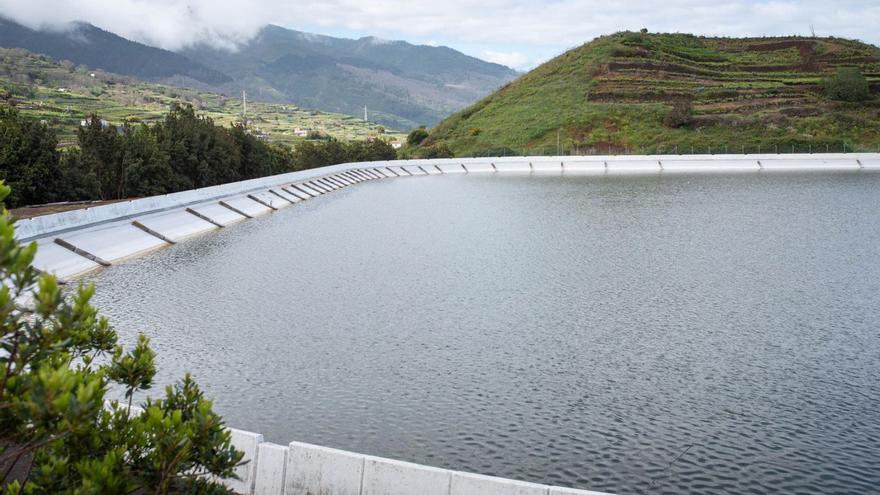
The water levels in the 23 reservoirs within the Balten network in Tenerife saw a slight increase in December, rising from 30% to 38.4% of their total capacity. This equates to 1,935,780 cubic metres out of a total of 5,043,037, as of January 1, 2025, compared to 1,514,988 on December 1, 2024. This is a positive sign when considering that on November 1, the levels were only 21.3%, amounting to 1,076,490. The nearly one million cubic metres additional contribution mainly stems from regenerated water; however, it is noteworthy that some rainfall was recorded last month, along with an unusual significant snowfall on the island top, specifically on Sunday, December 22.
Year-on-Year Comparison
The comparison with the same period last year also reflects a more favourable scenario, with storage at merely 34% on January 1, 2024. The Councillor for the Primary Sector of the Cabildo, Valentín González, remarks: “We should remember that with a storage level similar to that which the financial year 2024 commenced, a water emergency was declared in May.”
Progress
González indicates that “the measures implemented following that declaration have played a role in the minor improvement observed at the start of 2025.” Nonetheless, he cautions, “we ought to be careful in interpreting this data, as we are still enduring a drought period, compounded by dust and elevated temperatures, which is rather uncommon for this time of year.” The area councillor concludes, “We must acknowledge that Tenerife continues to experience an exceptionally dry year.”
Storage Levels
It is important to point out the low storage levels of the major reservoirs located on the northern slope, which possess the highest capacity: La Cruz Santa (15.6%), Benijos (12%), Valle Molina (37%), and Montaña de Taco (20%). Collectively, they only managed to retain 29.2%, holding 942,437 cubic metres of the total available amount in the 16 ponds with a capacity of 3,434,542 cubic metres.
Improvement in the South
On the southern slope, Trevejos in Vilaflor de Chasna has maintained 34% of its capacity thanks to the addition of water from the Angola Well, also in Vilaflor, while Lomo del Balo in Guía de Isora has remarkably recovered to 86.4% following the integration of flows from the expansion of the Fonsalía Seawater Desalination Plant (EDAM). In the South, 61.8% of the total water volume consists of partially regenerated sources, mainly in Granadilla and Arona, with 69.3% in white water sourced from wells and galleries.
Absence of Rain
The reality remains that, similar to previous years, the ponds are not being replenished by rainfall but rather by what is not utilised for agricultural irrigation, as it primarily comes from underground sources and is increasingly regenerated.
It is notable that on January 1, 2021, the water levels in the islands’ ponds were at 58% of their total capacity. There has been a steady decline, dropping from 46% in 2023 to a concerning 33.4% in 2024. According to Balten’s data, the levels in January this year stand at 38.4%, a figure that, while limited overall, is an improvement in comparative terms.
Impacted Agriculture
The crops most adversely affected by this drought, as noted by Asaga, which predicts “a very detrimental third winter,” include dryland crops. This encompasses fruit trees in mid-range areas, such as apple trees, chestnut trees, and vineyards, as well as vegetables, with potatoes being particularly vulnerable. Therefore, Valentín González cautions in conclusion that “the situation, despite this minor improvement at the year’s end and the beginning of the new one, remains alarming, necessitating focused efforts to implement measures that enhance resource availability and improve network management.”
















